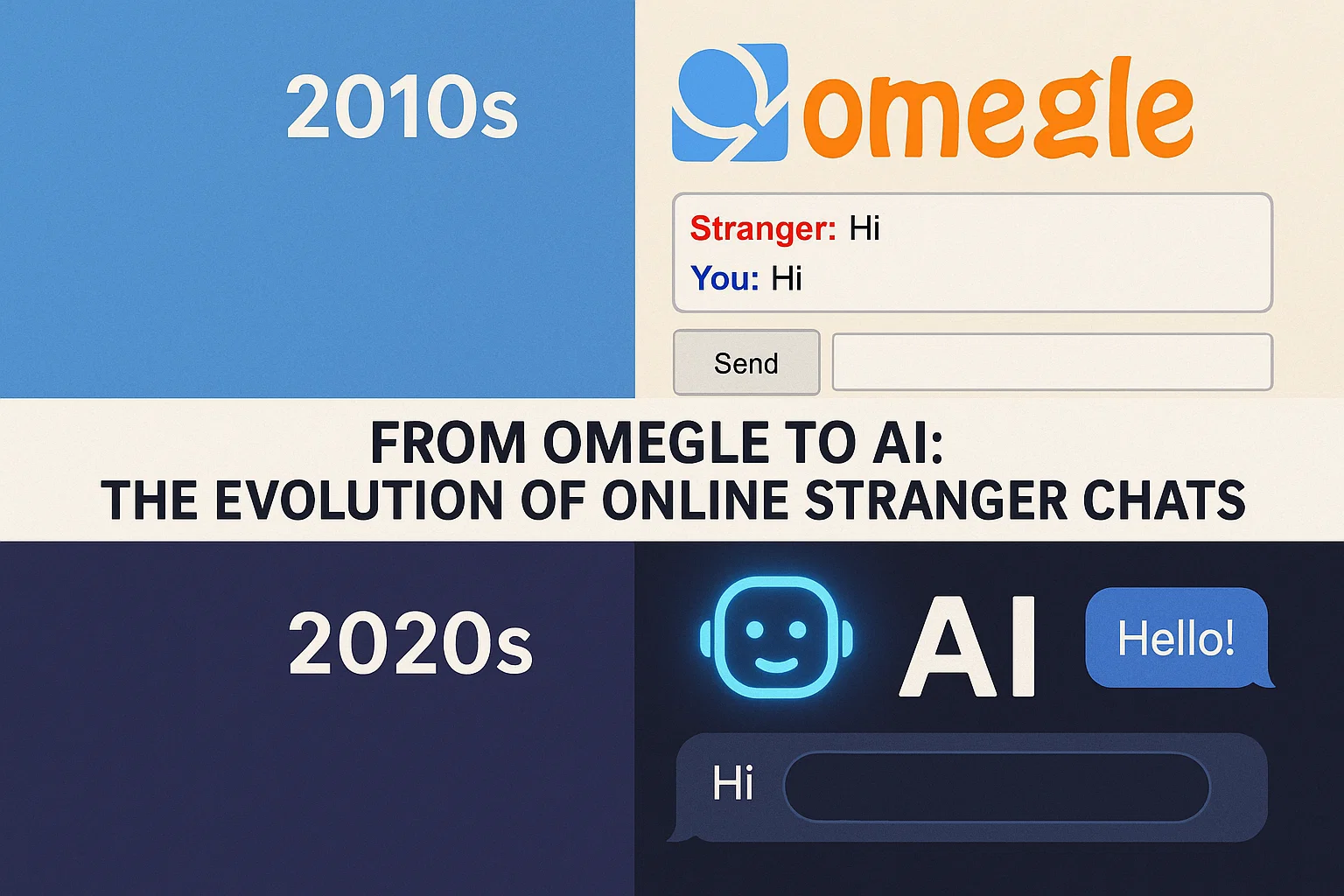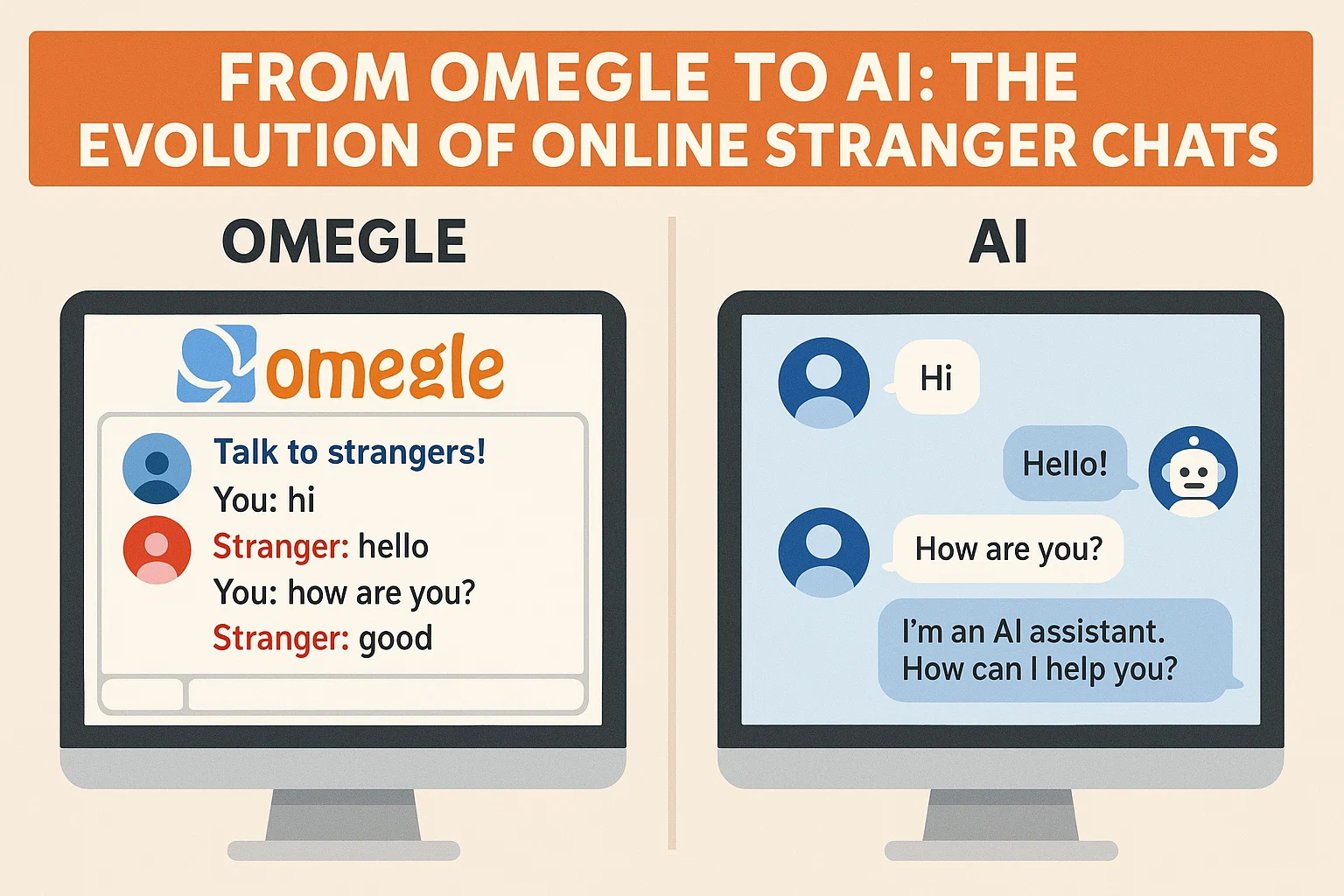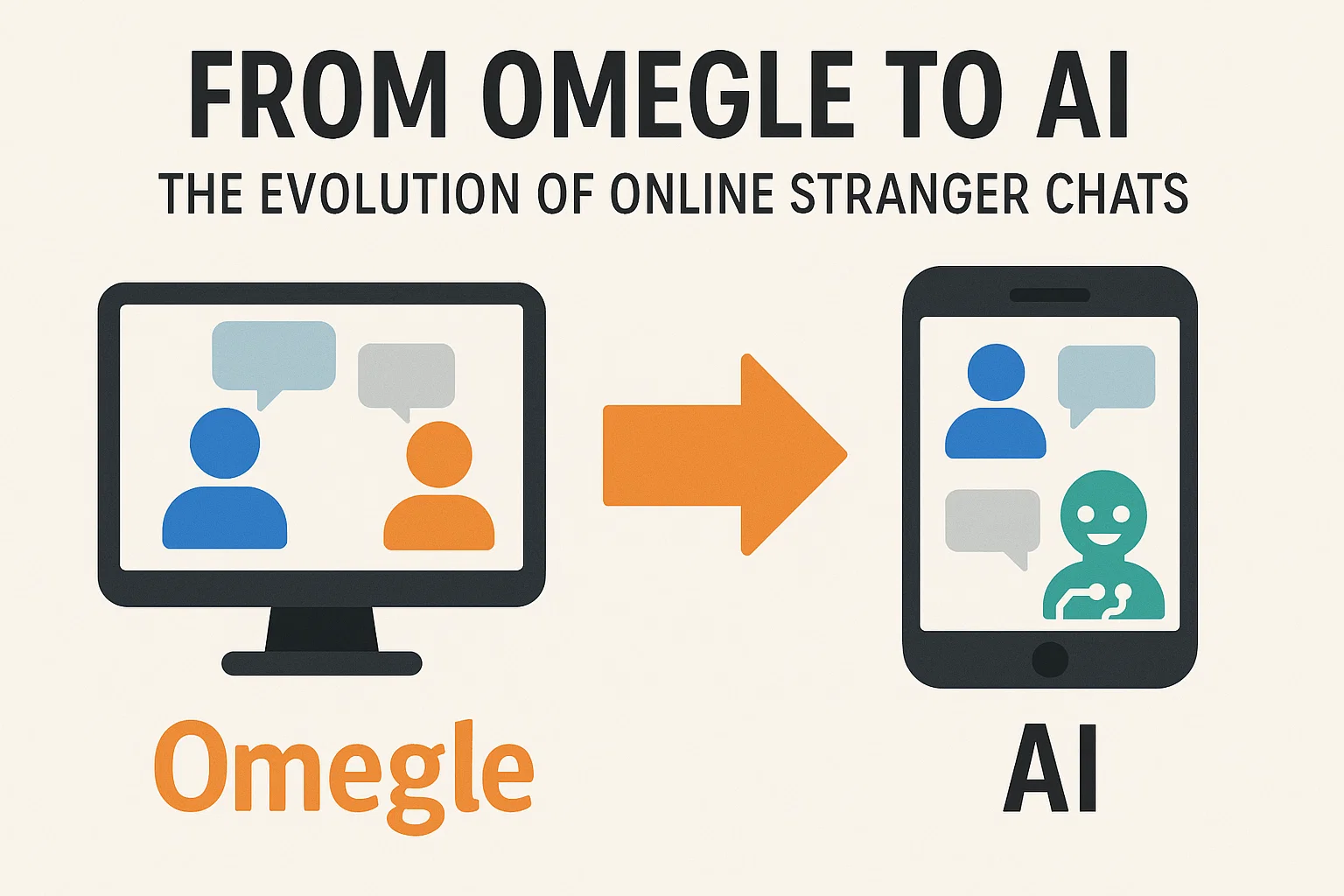The origins of online stranger chats can be traced back to platforms like Omegle, which emerged in the late 2000s. This innovative platform allowed users to engage in real-time text and video conversations with random strangers, fostering an environment defined by anonymity and spontaneity. The thrill of meeting people from various corners of the world created a unique allure that appealed to users seeking both social interaction and entertainment. The platform quickly garnered attention, evolving into a significant component of the broader online social landscape.
The initial appeal of these chat platforms hinged on the excitement of anonymity. Users could communicate without revealing their identities, allowing for uninhibited dialogue that was often humorous, profound, or bizarre. This anonymity contributed to an experimental and dynamic atmosphere, encouraging participants to express themselves freely in ways they may not have considered in face-to-face interactions. Consequently, users could forge connections that transcended geographical boundaries, further enhancing the appeal of these interactions.
Technological advancements during this period also played a crucial role in the rise of online stranger chats. The development of high-speed internet and the proliferation of webcams made real-time conversations accessible to the masses. These advancements encouraged individuals from diverse demographics, including teens and young adults, to explore platforms like Omegle. The communal experience of random chats fostered unique social dynamics, showcasing the diverse nature of human interaction.
As the popularity of platforms dedicated to stranger chats continued to rise, they began to influence and shape social norms within online contexts. Conversations that began as mere curiosity often evolved into meaningful exchanges, revealing the multifaceted purposes of these interactions. Ultimately, the emergence of online stranger chats signified a shift in how people approached socialization in the digital age, setting the stage for advancements that would lead to more sophisticated AI-enhanced encounters in the future.

The landscape of online stranger interactions underwent a significant transformation with the advent of video chat technology. Initially dominated by text-based chatrooms, platforms like Omegle began integrating video features, leading to a more engaging and dynamic user experience. This shift was profoundly influenced by earlier platforms such as Chatroulette, which leveraged webcam functionality to facilitate real-time visual connections between users, marking a departure from traditional text interactions.
The use of video has introduced numerous social implications for interactions with strangers online. Unlike text exchanges, video chats enable genuine expressions of emotion and non-verbal communication, which play a crucial role in human interactions. This paved the way for more organic engagements, allowing users to perceive visual cues and body language that facilitate better understanding and rapport. However, the anonymous nature of these interactions can raise concerns regarding privacy and security, as individuals may find themselves in unexpected or uncomfortable situations that can arise from unfiltered access to others’ lives.
As the technology progressed, the benefits of video communication became apparent. Enhanced user engagement levels were observed, as the immediacy of video chats often led to longer conversations and deeper connections. Nonetheless, the drawbacks cannot be overlooked. The risk of exposure, alongside the potential for harassment, necessitated increased vigilance and the implementation of protective measures on platforms. As a result, developers began integrating features like reporting tools and chat moderation to protect users' interests. This evolution from text to video chat not only transformed platforms like Omegle and Chatroulette but also set a precedent for current and future online stranger interactions, emphasizing the need for balancing user connectivity and safety in the burgeoning digital landscape.

The integration of artificial intelligence (AI) into online chat platforms has significantly transformed the way users interact with each other, particularly in applications dedicated to stranger chats like Omegle. AI technology has provided the capacity to enhance user experiences through personalized interactions, making conversations more engaging and relevant. By analyzing user preferences, contextual cues, and previous engagements, AI algorithms can tailor discussions to meet individual needs, thereby fostering a more dynamic communication environment.
One of the remarkable advancements in online stranger chats is the employment of AI-driven chatbots. These automated systems can initiate conversations, respond to user inquiries, and facilitate interaction between strangers. With natural language processing capabilities, chatbots operate on a level that allows for seamless interaction, often indistinguishable from human dialogue. This evolution not only enhances user engagement but also encourages connections that may not have been possible in traditional formats.
Content moderation is another crucial aspect where AI plays a vital role. Automated systems can efficiently monitor conversations in real-time to identify inappropriate language, offensive content, or harmful behavior. This not only protects users but also ensures that the chat environment remains safe and welcoming. However, these AI systems also raise legitimate concerns regarding privacy and security. Users might feel apprehensive about how their data is collected, analyzed, and potentially stored, prompting discussions around transparent practices and accountability in AI applications.
Ethical considerations surrounding AI in online chats cannot be overlooked. The balance between enhancing user experience and safeguarding personal information must be maintained. As AI continues to evolve, it holds the potential to connect users in more meaningful ways while addressing the pressing issues of privacy and ethical standards in digital communications. Thus, the role of AI in applications ranging from Omegle to AI-enhanced platforms is pivotal in shaping the future landscape of online stranger chats.

As technology continues to progress at an unprecedented rate, the future of online stranger chats, particularly platforms like Omegle, is set to experience significant transformations. Emerging technologies such as augmented reality (AR) and virtual reality (VR) are predicted to play crucial roles in reshaping how users interact in these digital spaces. With AR and VR, participants could transcend the text and video limitations of current platforms, finding themselves in immersive environments that simulate real-world interactions.
The integration of AR could enhance user experiences by overlaying digital content onto the physical world. This presents opportunities for strangers to engage in more dynamic and interactive conversations compared to traditional Omegle chats. VR, on the other hand, might allow users to meet in virtual spaces, providing enhanced social context. Such advancements could attract a broader demographic, including younger users who are increasingly comfortable with digital environments.
Moreover, as online stranger chats evolve, the social norms surrounding these interactions may also change. Privacy and consent will likely become more prominent topics as users navigate these new technologies. With greater interactivity comes the potential for misuse, raising concerns about safety and security. Users may demand more robust tools to manage interactions, which will pose significant challenges for developers aiming to enhance user experience while ensuring protection.
Another factor to consider is the changing demographic landscape of online platforms. With rising internet accessibility, users from diverse backgrounds are participating in online discussions. This diversification can lead to richer conversations but could also introduce cultural complexities that platforms must address. Thus, the evolution from Omegle to AI-powered interfaces will require not only technological innovation but also an understanding of evolving user dynamics.
In conclusion, the future of online stranger chats holds exciting possibilities, driven by innovations in AR and VR technologies. However, with these developments come challenges that must be navigated carefully to ensure safe, inclusive, and engaging experiences for all participants in this ever-evolving digital landscape.